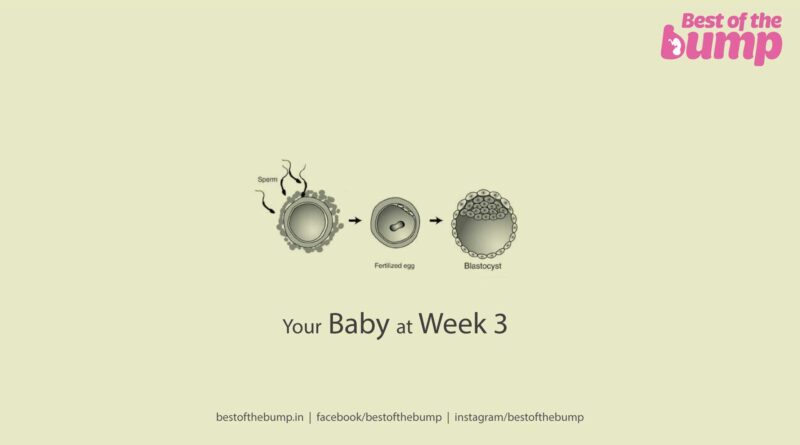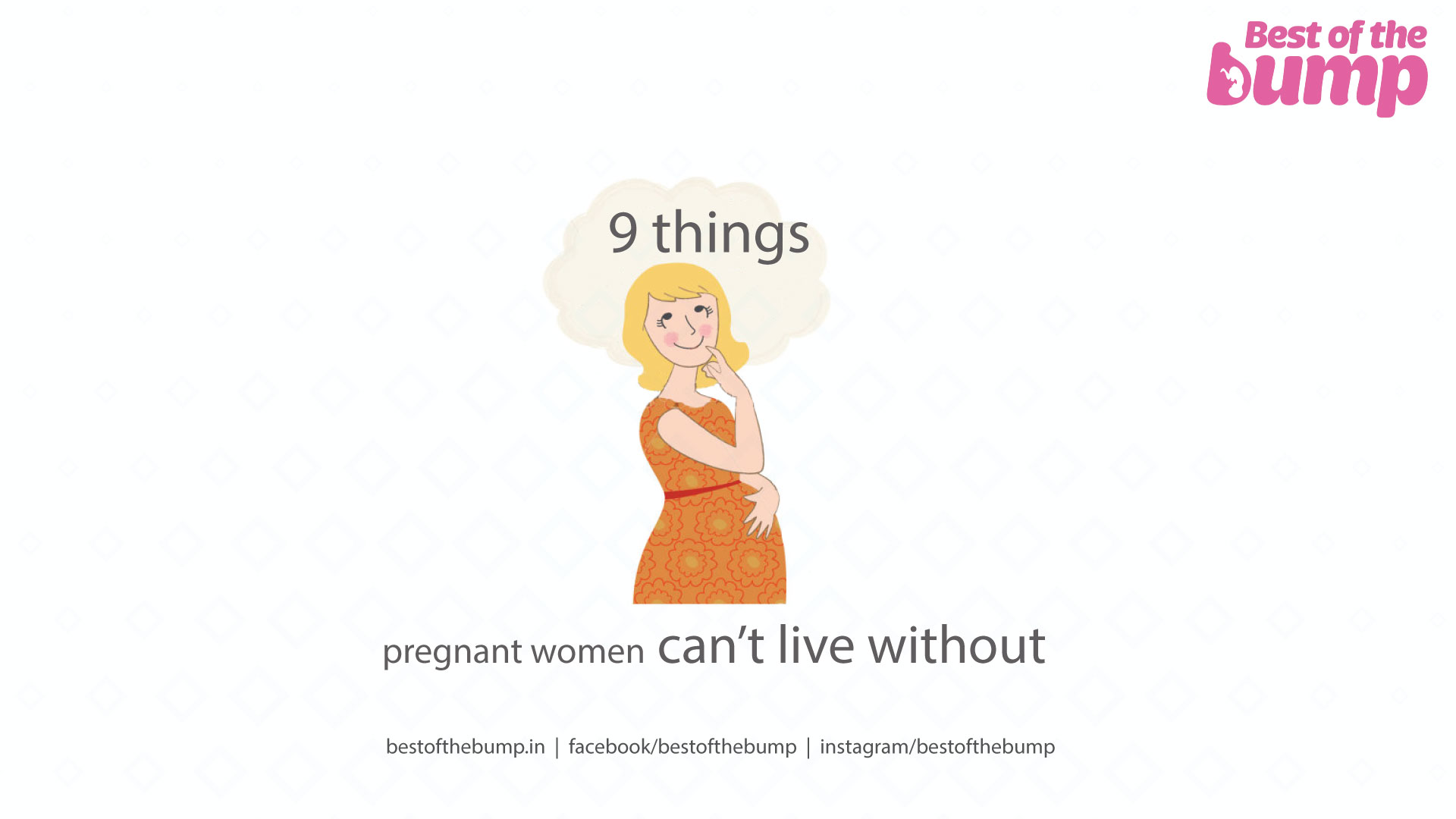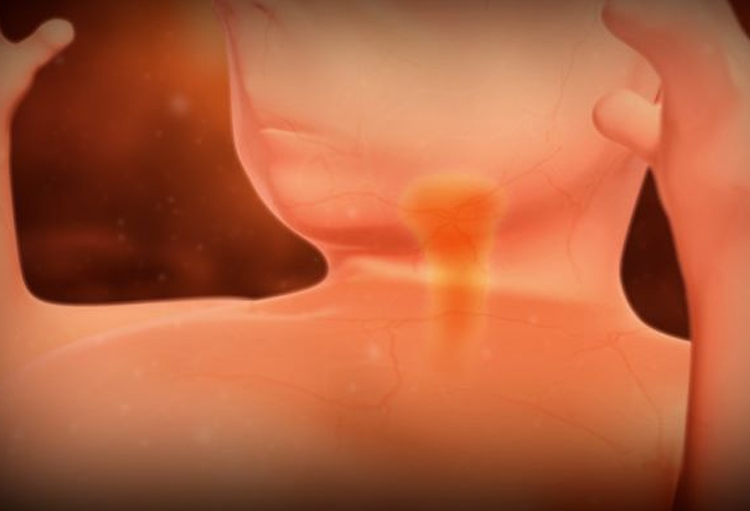Your Baby at Week 3
Discover the incredible developments happening to your baby at week 3 of your pregnancy. From fertilization and implantation to rapid cell division and the role of hormones, explore the fascinating beginning of life within you. Join us on this awe-inspiring journey of your baby’s growth and transformation.
Your Baby at Week 3: The Marvelous Beginning of Life

Welcome to week 3 of your pregnancy journey! This is a remarkable time as the foundation for your baby’s life is being laid. Although your baby is still in the early stages of development, amazing transformations are taking place within their tiny form. In this article, we will explore the key developments happening to your baby during week 3, shedding light on the awe-inspiring journey of life that has just begun.
The Journey Begins
Fertilization and Implantation

At the start of week 3, an extraordinary event occurs: fertilization. This is when a sperm successfully penetrates the egg, forming a zygote—a single-celled entity containing the genetic information that will shape your baby’s characteristics. The zygote rapidly undergoes division, forming a cluster of cells known as a blastocyst.
As the blastocyst develops, it begins its journey from the fallopian tube towards the uterus. This fascinating migration, known as implantation, is crucial for the pregnancy to progress. The blastocyst attaches itself to the uterine wall, where it will receive nourishment and support for the coming weeks and months.
Rapid Cell Division and Early Development

During week 3, your baby undergoes rapid cell division, giving rise to the formation of essential structures. The inner cells of the blastocyst will develop into the embryo, while the outer cells will form the placenta, a vital organ that will provide oxygen and nutrients to your growing baby.
At this stage, the blastocyst consists of three distinct layers: the ectoderm, mesoderm, and endoderm. These layers will eventually develop into different organs and tissues, laying the foundation for your baby’s entire body. The ectoderm will give rise to the nervous system, skin, and hair, while the mesoderm will form the muscles, bones, and circulatory system. The endoderm will develop into the respiratory and digestive systems.
Additionally, during week 3, the amniotic sac begins to form. This fluid-filled sac will act as a protective cushion for your baby throughout the pregnancy, offering a secure environment for growth and development.
The Role of Hormones and Sex Determination
At this early stage, the blastocyst initiates the production of a hormone called human chorionic gonadotropin (hCG). This hormone plays a crucial role in supporting the pregnancy by signaling the ovaries to halt the release of eggs and stimulating the production of estrogen and progesterone.
While your baby’s sex has already been determined at the moment of conception, it’s important to note that the external sexual characteristics will not be visible until much later in the pregnancy. The sex chromosomes contributed by both you and your partner determine whether your baby will develop as male (XY) or female (XX). However, it is truly a joyous surprise to wait until later stages to discover the gender of your little one.
Week 3 marks an awe-inspiring beginning in the journey of your baby’s life. From the miraculous moment of fertilization to the migration of the blastocyst and the rapid cell division, your baby’s development is underway. The hormonal changes triggered by hCG and the determination of their sex all contribute to the incredible process taking place within you.
As you continue on this remarkable pregnancy journey, cherish each milestone and marvel at the wonder of life growing inside you. Stay tuned for the next stages of your baby’s development, which will bring even more joy and excitement as you eagerly await their arrival.




